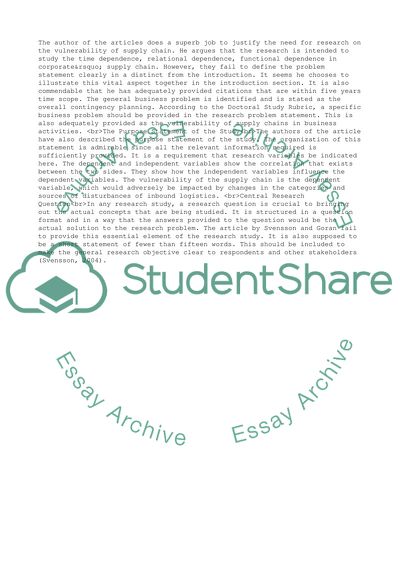Cite this document
(“Corporate Vulnerability In Supply Chains Article”, n.d.)
Corporate Vulnerability In Supply Chains Article. Retrieved from https://studentshare.org/business/1784350-an-evaluation-of-a-doctoral-study
Corporate Vulnerability In Supply Chains Article. Retrieved from https://studentshare.org/business/1784350-an-evaluation-of-a-doctoral-study
(Corporate Vulnerability In Supply Chains Article)
Corporate Vulnerability In Supply Chains Article. https://studentshare.org/business/1784350-an-evaluation-of-a-doctoral-study.
Corporate Vulnerability In Supply Chains Article. https://studentshare.org/business/1784350-an-evaluation-of-a-doctoral-study.
“Corporate Vulnerability In Supply Chains Article”, n.d. https://studentshare.org/business/1784350-an-evaluation-of-a-doctoral-study.


